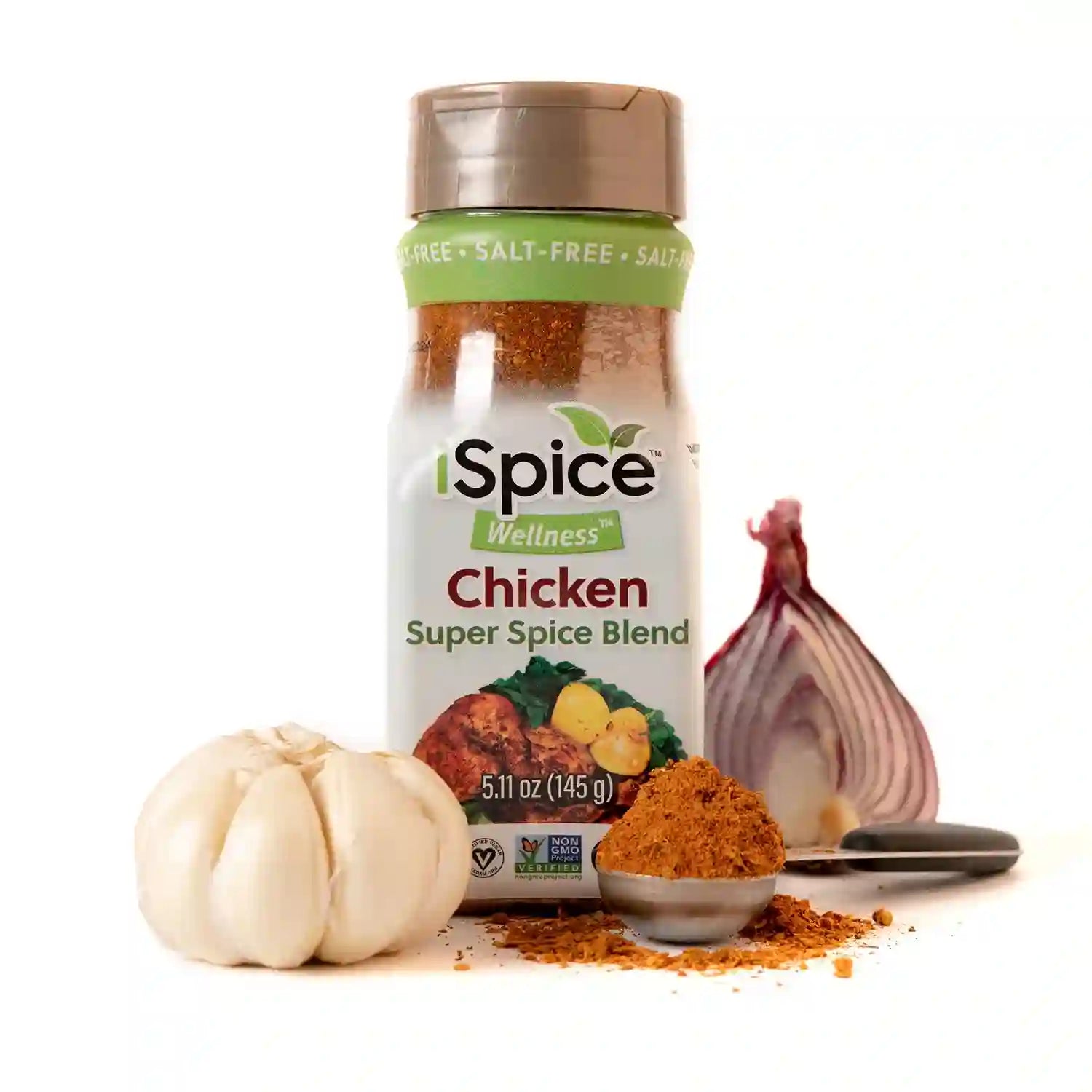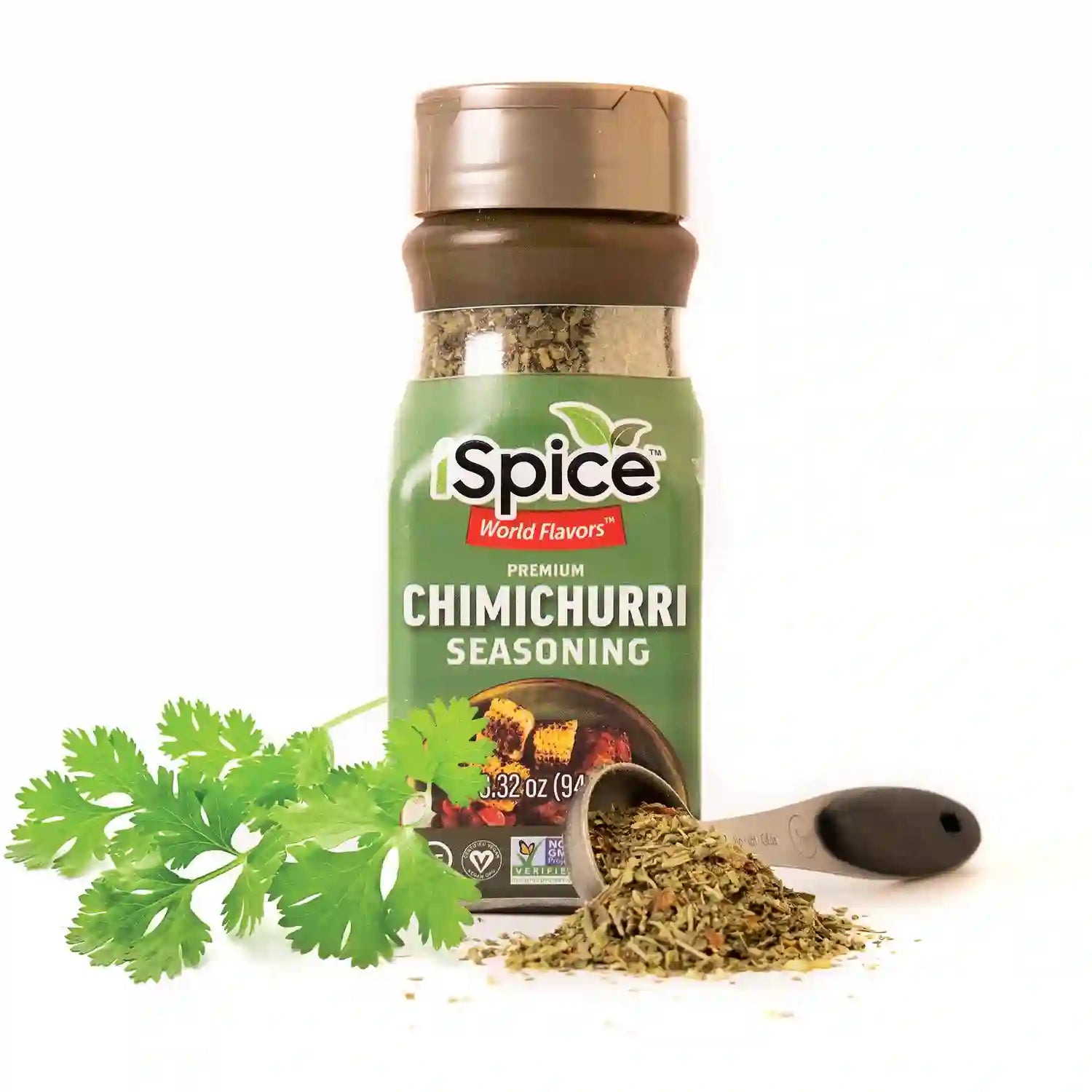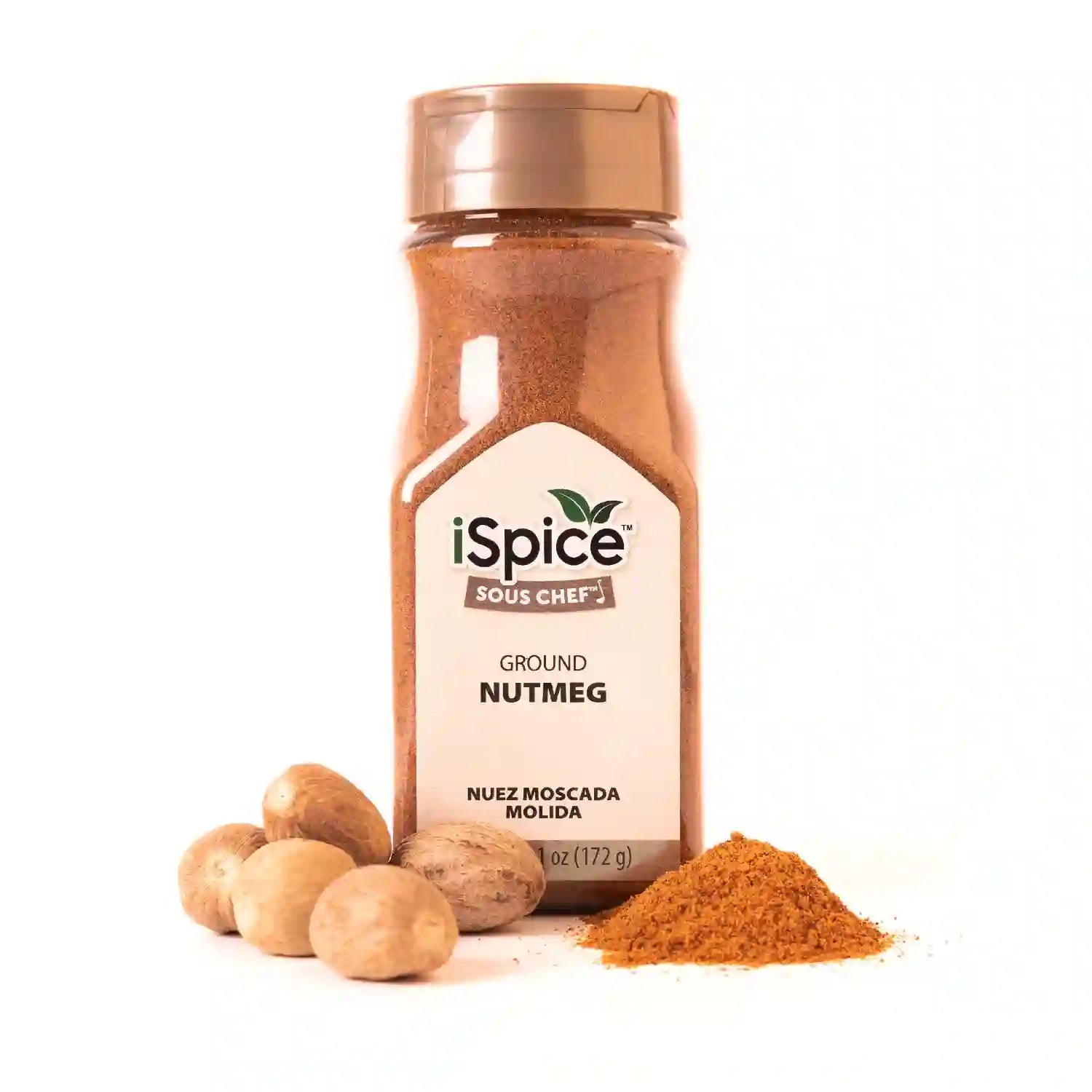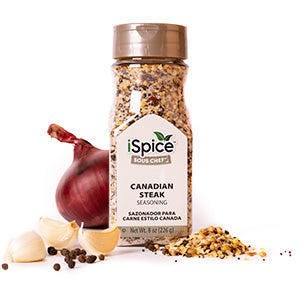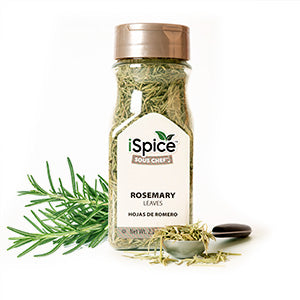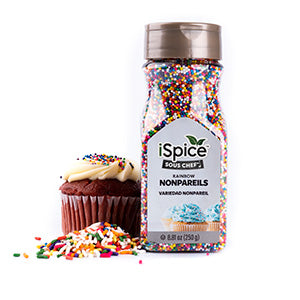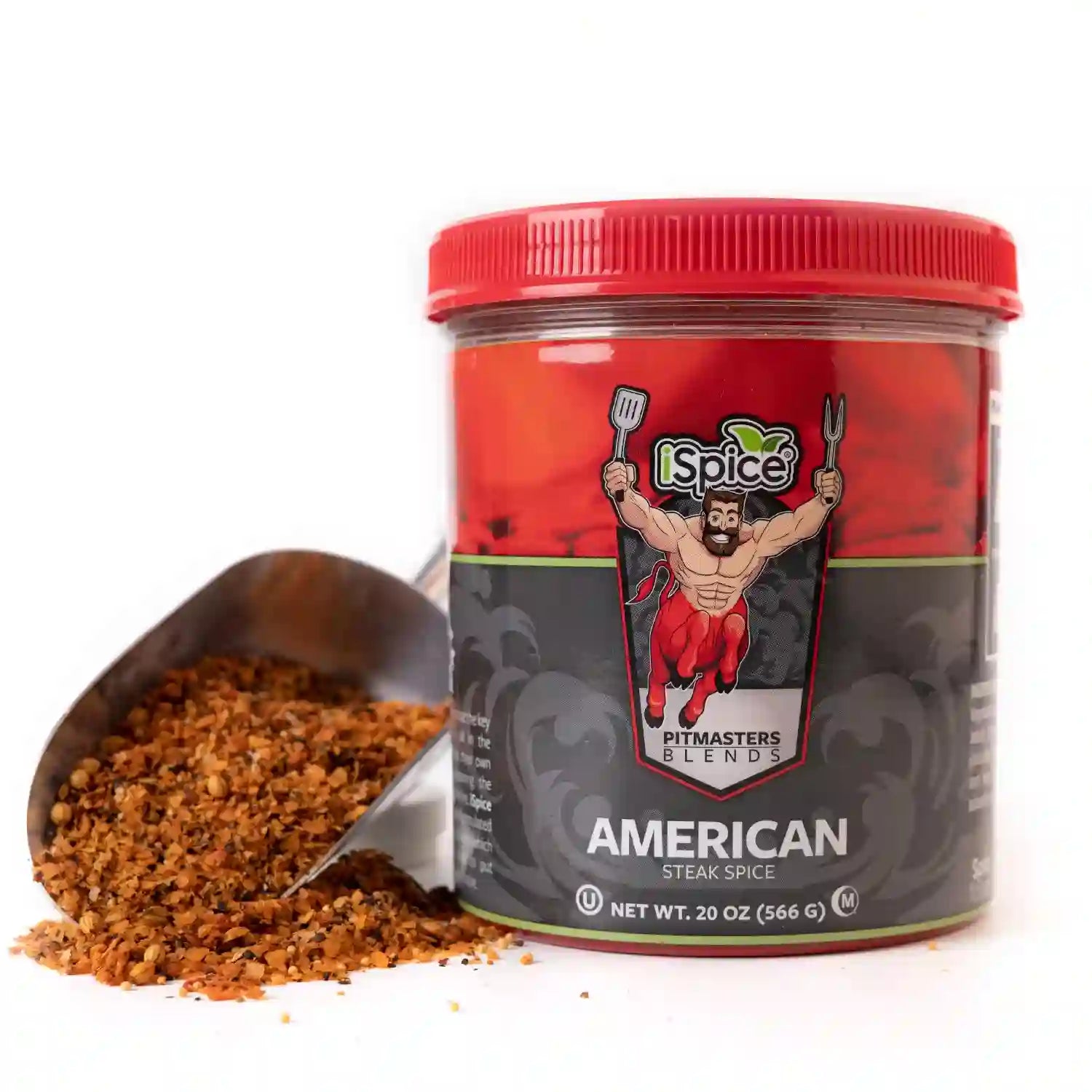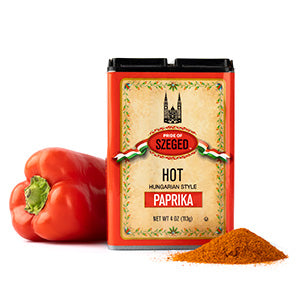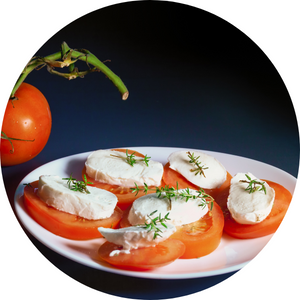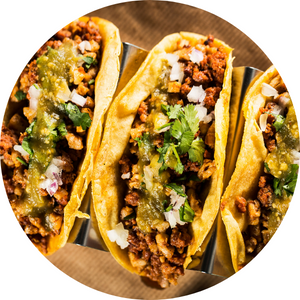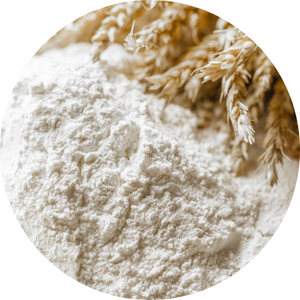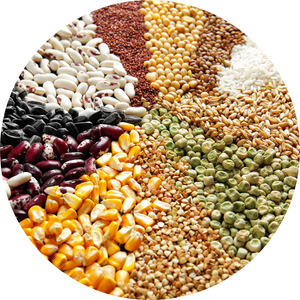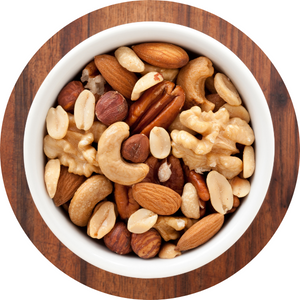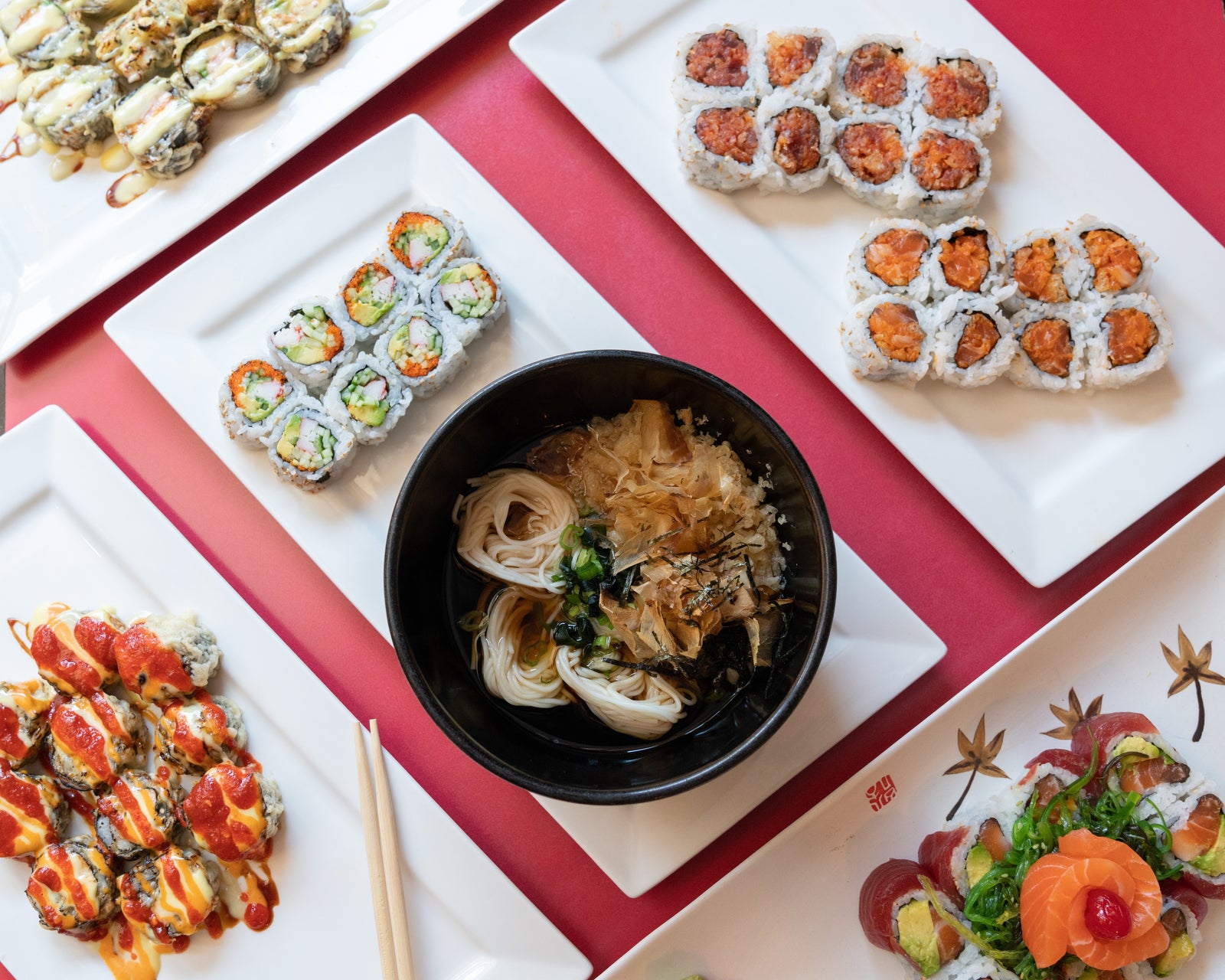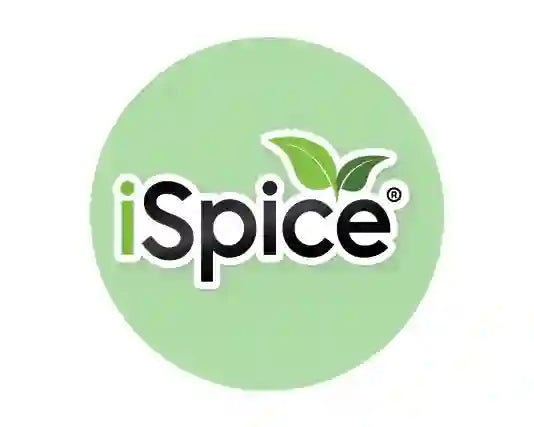
Introduction
Coriander holds a prominent place in Indian cuisine, with its warm and citrusy flavor profile enriching the traditional dishes of the subcontinent. In Indian spice blends, coriander acts as a key ingredient, contributing depth, aroma, and a distinct taste. From curries and masalas to chutneys and pickles, coriander plays a vital role in enhancing the flavors of Indian dishes. In this article, we will delve into the significance of coriander in Indian spice blends, exploring its versatile applications and uncovering the secrets of this aromatic herb in Indian cooking.
Understanding the Flavor Profile of Coriander
Coriander offers a unique combination of flavors, which makes it a prized ingredient in Indian spice blends. It possesses warm, earthy, and slightly nutty undertones, along with a subtle citrusy and floral aroma. These characteristics make coriander a versatile spice that pairs well with various other spices commonly used in Indian cuisine.
Key Role of Coriander in Indian Spice Blends
-
Flavor Enhancer: Coriander acts as a flavor enhancer, intensifying the taste of other spices in the blend. Its presence adds complexity and depth to the overall flavor profile of Indian dishes.
-
Balancing Spice: Coriander helps balance the heat and pungency of other spices, such as chili powder or cumin. It adds a mellow and slightly sweet undertone that harmonizes the flavors in the spice blend.
-
Aromatic Note: The subtle citrusy and floral aroma of coriander infuses the spice blend, elevating the olfactory experience of Indian dishes. It adds a pleasant and inviting fragrance to curries, rice dishes, and other preparations.
-
Versatile Base: Coriander serves as a versatile base for Indian spice blends. It forms the foundation upon which other spices are layered, creating a well-rounded and balanced flavor profile.
Popular Indian Spice Blends Featuring Coriander
Coriander is a fundamental component in various Indian spice blends. Here are some of the most popular ones:
-
Garam Masala: Garam masala is a quintessential Indian spice blend that showcases the versatility of coriander. It typically includes coriander seeds, cumin, cardamom, black pepper, cinnamon, cloves, and nutmeg. Garam masala adds a warm and aromatic touch to curries, biryanis, and lentil dishes.
-
Curry Powder: Although not traditionally Indian, curry powder is widely used in Indian cuisine, especially in Western adaptations of Indian dishes. It often contains coriander, cumin, turmeric, fenugreek, mustard seeds, and other spices. Curry powder provides a rich and complex flavor base for a variety of Indian-inspired recipes.
-
Chaat Masala: Chaat masala is a tangy and spicy blend commonly used in street food and snacks. It typically consists of coriander, cumin, amchoor (dried mango powder), black salt, and other aromatic spices. Chaat masala adds a burst of flavor to chaats (savory street snacks), fruit salads, and refreshing beverages.
-
Rasam Powder: Rasam is a tangy South Indian soup, and rasam powder is the spice blend used to flavor it. Coriander seeds, black pepper, cumin, red chilies, and other spices are roasted and ground to create this aromatic blend. Rasam powder adds a fiery and aromatic kick to the soup.
Tips for Using Coriander in Indian Cooking
Consider the following tips to make the most of coriander in Indian cooking:
-
Toasting the Seeds: Toast coriander seeds before grinding them to release their essential oils and enhance their flavors. Dry roast them in a skillet over medium heat until fragrant, then let them cool before grinding.
-
Balancing Flavors: Experiment with the amount of coriander in your spice blends to achieve the desired flavor balance. Combine it with other spices in varying proportions to create a harmonious blend that suits your taste preferences.
-
Whole or Ground: Decide whether to use whole coriander seeds or ground coriander based on the recipe and personal preference. Whole seeds add texture and can be toasted before use, while ground coriander ensures even distribution of flavor throughout the dish.
-
Fresh Leaves as Garnish: Don't forget the fresh coriander leaves! Finely chop them and use as a garnish for Indian dishes like curries, biryanis, or lentil soups. The bright green leaves add freshness and a pop of color to the final presentation.
Frequently Asked Questions (FAQs)
Q: Can I substitute coriander powder for coriander seeds in Indian spice blends?
Yes, coriander powder can be used as a substitute for coriander seeds in Indian spice blends. However, keep in mind that the flavor intensity may differ, and you may need to adjust the quantity accordingly.
Q: Can I store Indian spice blends containing coriander for a long time?
To ensure the freshness and potency of Indian spice blends, store them in airtight containers in a cool, dark place. Proper storage helps retain the flavors and aromas of the spices for an extended period.
Q: Is coriander powder the same as ground coriander seeds?
Yes, coriander powder and ground coriander seeds are the same. Coriander powder is made by grinding whole coriander seeds into a fine powder.
Q: Are there any regional variations in Indian spice blends that include coriander?
Yes, regional variations exist in Indian spice blends, and different combinations of spices are used in different regions. Each variation adds a unique flavor profile to the dishes of that particular region.
Q: Can I adjust the amount of coriander in a spice blend according to personal taste preferences?
Yes, you can adjust the amount of coriander in a spice blend to suit your taste preferences. Start with a recommended quantity and gradually increase or decrease based on your desired flavor intensity.
Conclusion
Coriander holds a significant role in Indian spice blends, enriching the flavors and aromas of traditional Indian dishes. Its warm, citrusy, and aromatic qualities make it a versatile ingredient that enhances curries, masalas, chutneys, and pickles. Understanding the role of coriander in Indian cooking allows you to create authentic and flavorsome dishes that captivate the senses. Embrace the secrets of coriander in Indian spice blends and embark on a culinary journey that celebrates the vibrant flavors of Indian cuisine.
Alert: While spices can have many beneficial properties for health, using them for medical purposes should be done under the guidance and supervision of a healthcare professional or specialist. Some spices may interact with medications or cause adverse reactions in certain individuals, and it is important to use them safely and appropriately. If you are considering using spices for a medical condition, it is important to consult with a healthcare professional before doing so.

